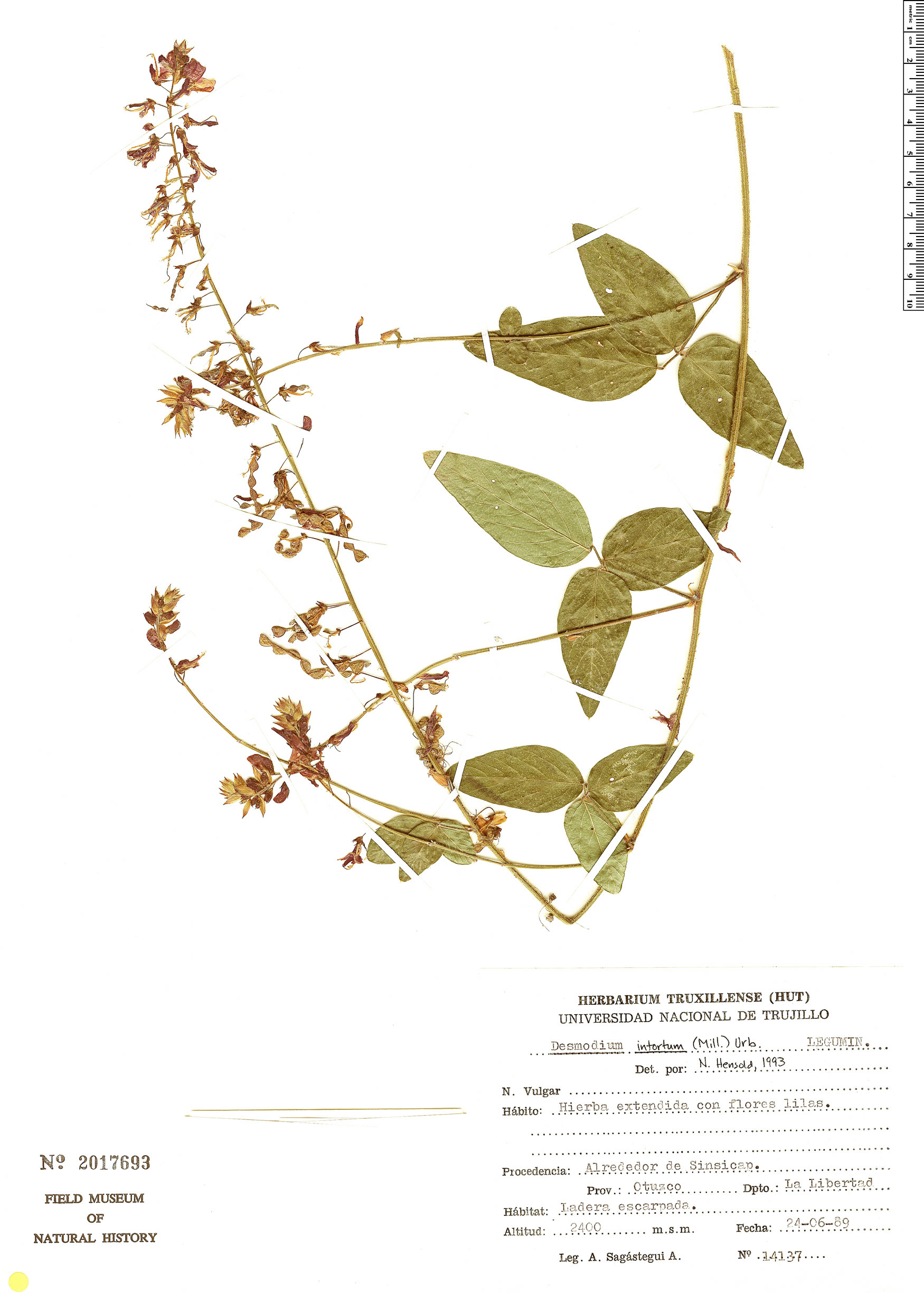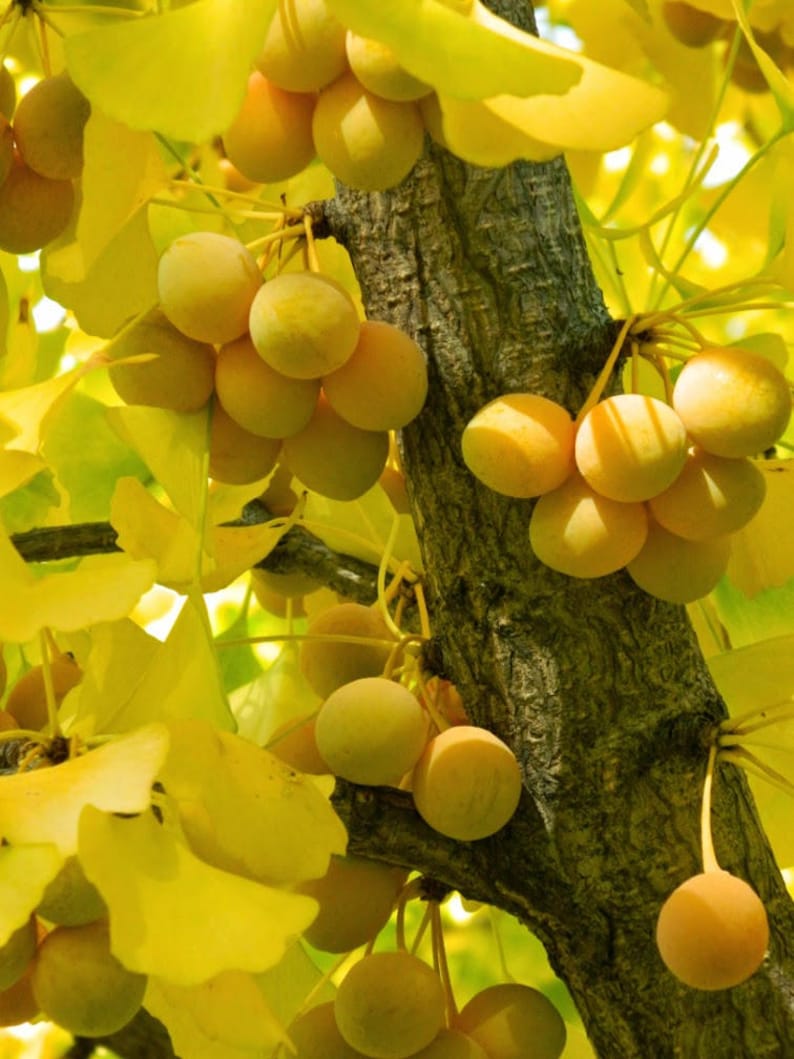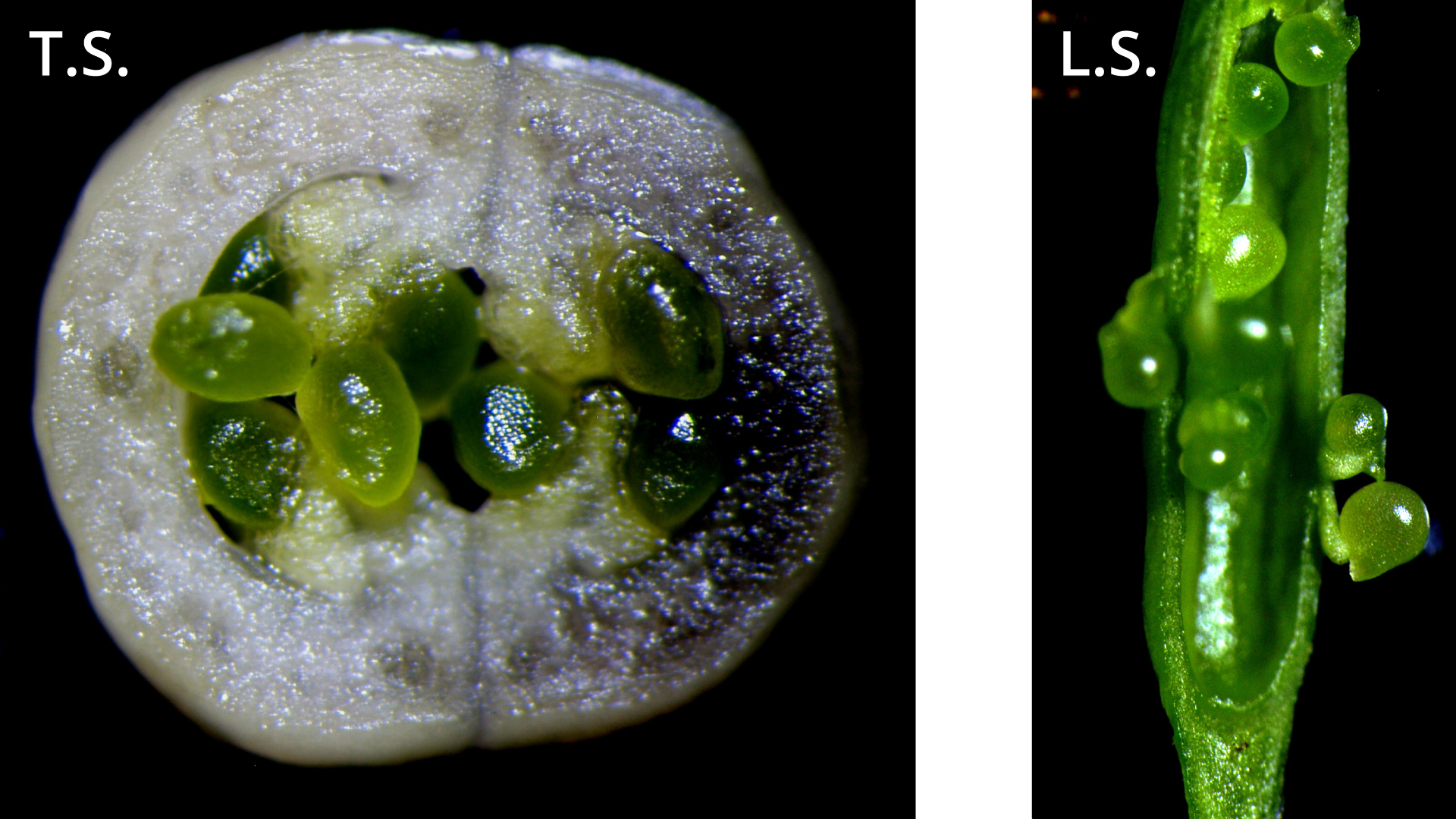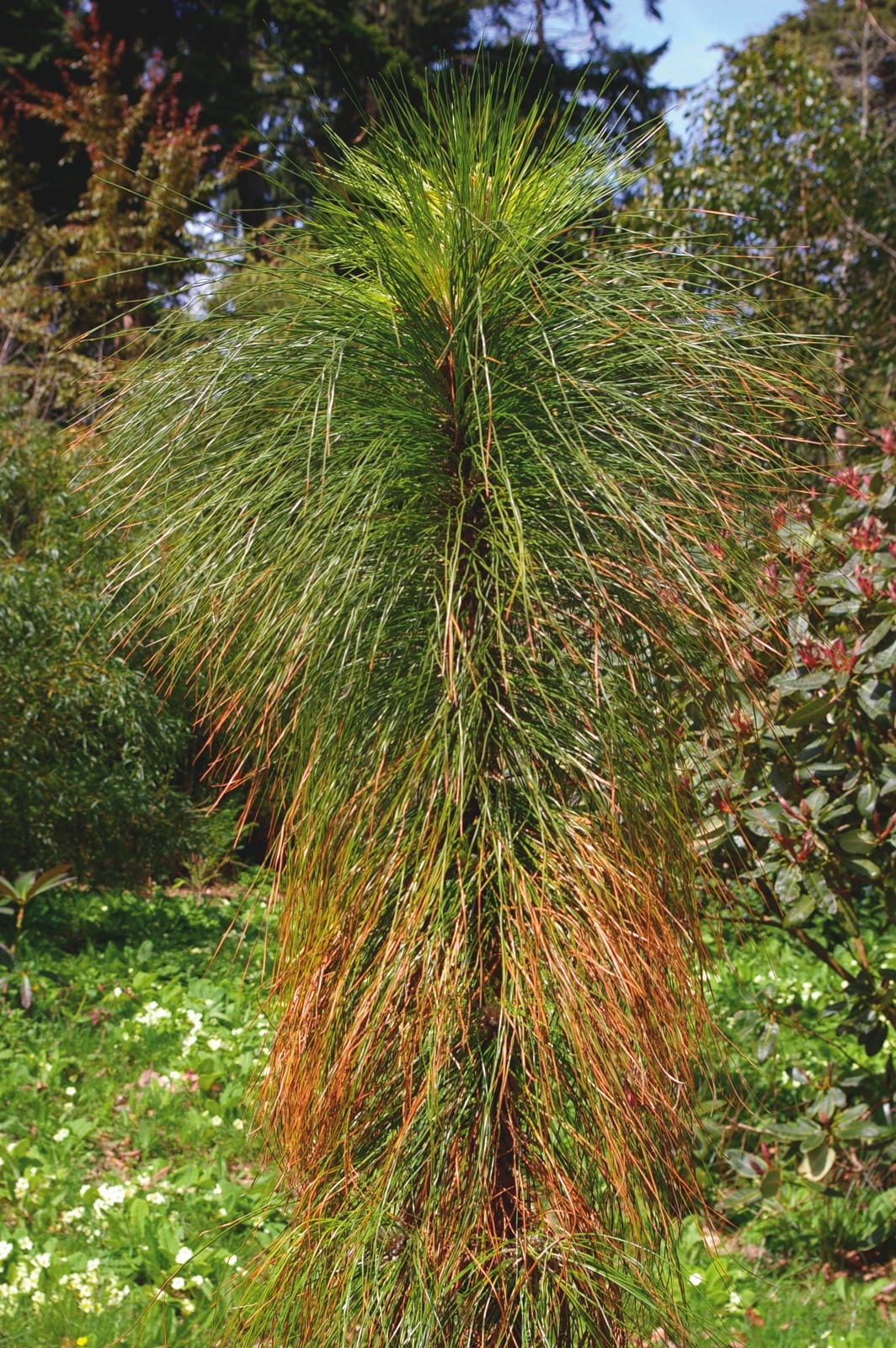The outermost whorl on a flower, or the green structures in this image.

What are sepals?
Leaf arrangement on this stem.

What is alternate?
Shown here as the white blobs, these cover the developing sporangia.

What are indusia?
Term to describe the surface of this leaf.
What is glabrous?
When pollen and seeds are on separate trees
What is dioecious?
Term to describe the position of the ovary in this flower.

What is hypogynous or superior?
This type of leaf.

What is palmately compound?
This term would describe the primary pinna on this rachis.

What is pinnate?
Term to describe the horizontal underground stems found in terrestrial plants.
What is rhizome?
The Order of this plant.
What is Ginkgoales?
Placentation type seen here.
What is parietal?
Something that every leaf, but not every leaflet, has.
What is a bud?
In its vegetative form, this species lacks strobili. 
What is Equisetum arvense?
The number of carpels that form this fruit, otherwise known as a drupe.

The scientific name of this species, which is distinguished from close relatives by its more ovoid seed cones.

What is Thuja occidentalis?
Very common type of fruit that is fleshy and with many seeds.

What is berry?
Structure indicated by the arrow.

What is a leaf scar?
Scientific name of this plant, which shows some variation in dissectedness of the fronds.

What is Sceptridium dissectum?
Condition of the stamens shown here.

What is adnate to the petals?
The scientific name of this plant, which reaches it's northern distributional limit in Southeastern Virginia.

What is Pinus palustris?
The number of carpels making up this gynoecium.

What is 5?
This type of pith.

What is chambered?
The only native aquatic fern in Virginia.

What is Azolla caroliniana?
Scientific name of the species shown here, an evergreen fern.

What is Polystichum acrostichoides?
Family that this species falls within due to its needle-like leaves and woody seed cones.

What is Pinaceae?
